1. Solar-Powered Everything
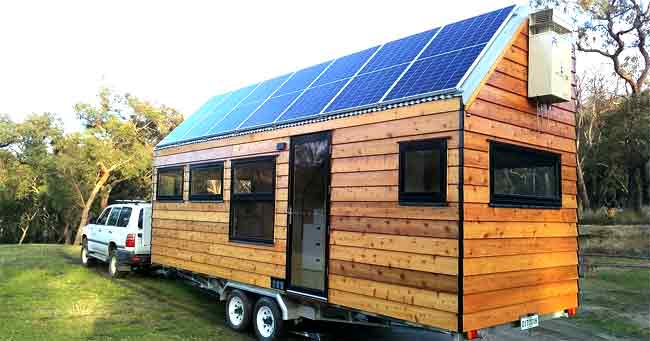
Tiny homes are leading the charge toward energy independence with an impressive array of solar-powered innovations. Rooftop solar panels are now a staple, but advancements like portable solar chargers and efficient battery storage systems are making off-grid living even more accessible. Solar water heaters are also gaining popularity, allowing homeowners to reduce reliance on traditional energy sources while enjoying eco-friendly comforts. These systems are designed to maximize energy capture, even in limited spaces, ensuring tiny homeowners can sustainably power appliances, lighting, and heating.
In addition to environmental benefits, solar-powered setups significantly lower utility costs over time, making them an economical choice. Innovations like solar-powered ventilation fans and outdoor lighting are extending the technology’s utility beyond the home’s interior. Compact and modular solar solutions are especially appealing for tiny homes, as they seamlessly integrate into the design without taking up valuable space. For a closer look at solar technologies tailored to small living spaces, EnergySage has a helpful set of resources. Solar power is transforming tiny homes into self-sufficient, eco-conscious havens.
2. Foldable Furniture Sets
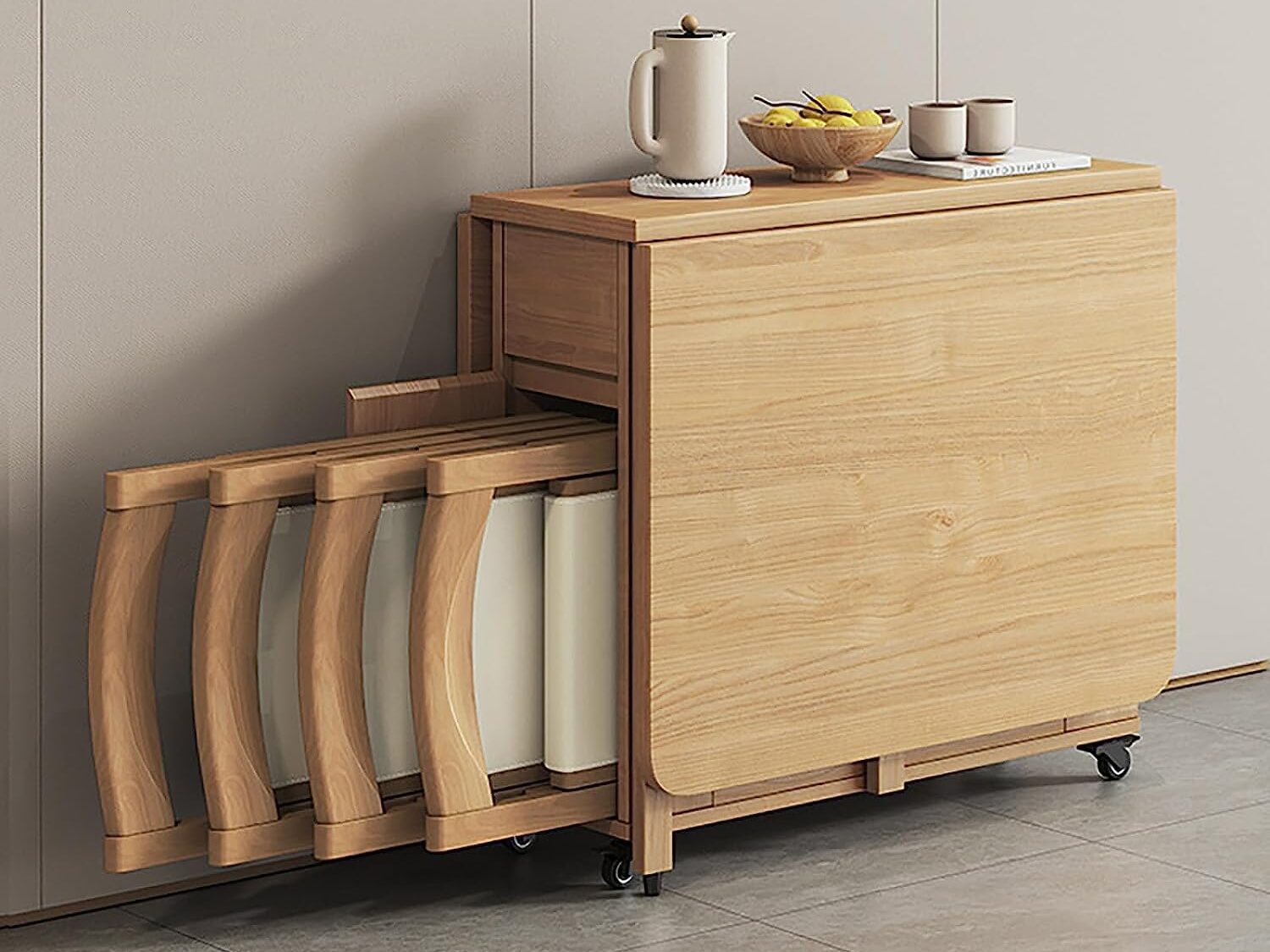
Foldable furniture is becoming an essential feature of tiny homes, offering unmatched versatility in limited spaces. Imagine a dining table that transforms into a compact desk or a couch that folds out into a guest bed—all without occupying extra room. These multifunctional pieces prioritize both practicality and design, ensuring homeowners don’t have to sacrifice style for functionality. Foldable furniture allows residents to reconfigure their spaces for different needs, from dining to working to entertaining, with minimal effort.
Innovations like wall-mounted fold-out tables and chairs that collapse into slim profiles are especially popular. Many of these designs also incorporate hidden storage, further optimizing the use of available space. Modular furniture systems that can be rearranged or expanded are gaining traction, offering even greater flexibility. According to furniture retailers like IKEA, the demand for space-saving furniture is driving creative solutions that cater to smaller living environments. Foldable furniture sets are redefining how tiny homeowners approach functionality and comfort.
3. Integrated Smart Technology
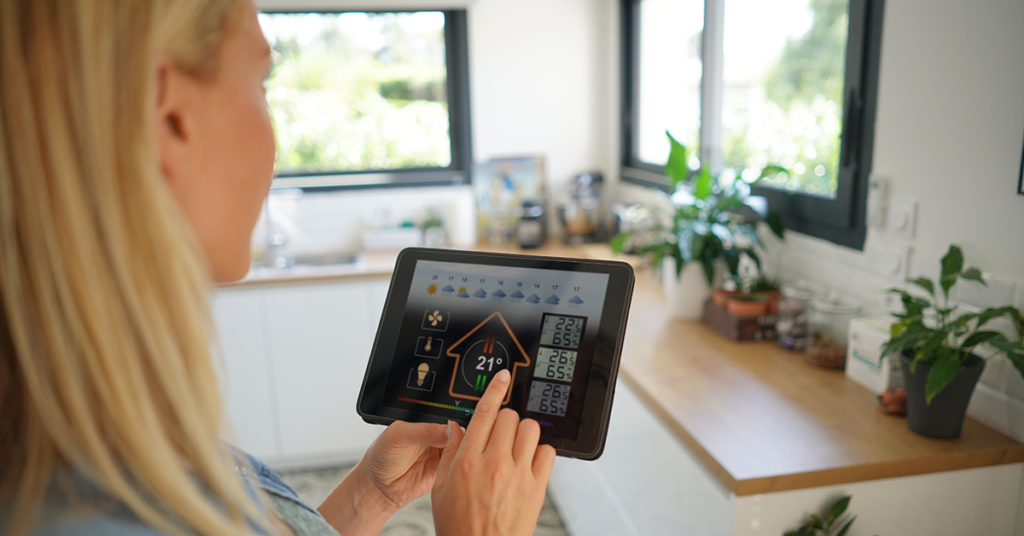
Tiny homes are becoming smarter, with integrated technology that enhances convenience, efficiency, and security. Voice-activated systems for lighting, climate control, and appliances are standard features in many modern tiny homes, allowing residents to optimize their space effortlessly. Smart thermostats and energy monitoring systems help conserve resources while maintaining a comfortable living environment. Security features, such as app-controlled cameras and door locks, provide peace of mind, even when homeowners are away.
These smart solutions are designed with compact living in mind, ensuring they blend seamlessly into the home’s aesthetic without taking up valuable room. Many systems are customizable, allowing homeowners to adapt them to their specific needs and preferences. The integration of automation also reduces daily tasks, leaving more time for relaxation or hobbies. For tips on incorporating smart technology into tiny spaces, visit Smart Home World. Integrated smart tech is turning tiny homes into futuristic, efficient, and highly personalized living spaces.
4. Collapsible Kitchens
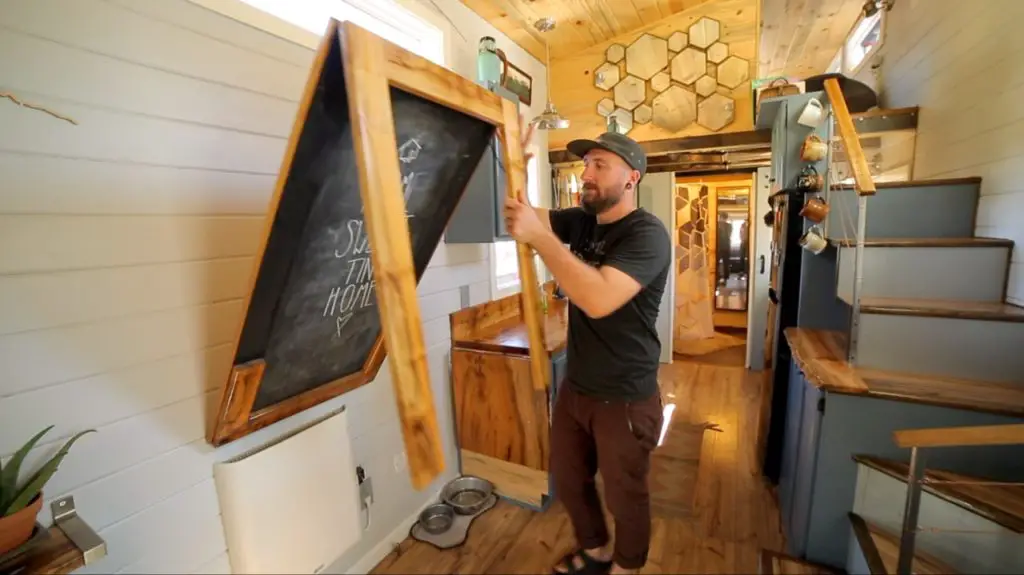
Collapsible kitchens are revolutionizing how cooking is approached in tiny homes, making even the smallest spaces feel like fully functional culinary areas. These innovative kitchens feature fold-out counters, hidden appliances, and retractable storage, allowing homeowners to maximize their workspace when needed and neatly tuck everything away afterward. Modular units that include compact sinks, induction cooktops, and mini refrigerators offer the convenience of a traditional kitchen without taking up unnecessary space.
Many designs incorporate slide-out drawers and adjustable shelving, providing ample room for utensils, cookware, and pantry items. Materials like lightweight metals and laminated wood ensure durability while keeping the overall design sleek and modern. Homeowners can customize these kitchens to suit their cooking habits, adding features like collapsible dining tables or pull-out cutting boards. For a closer look at compact kitchen setups, check out experts like Tiny House Blog. Collapsible kitchens make it possible to enjoy gourmet cooking in even the tiniest of homes.
5. Vertical Gardens
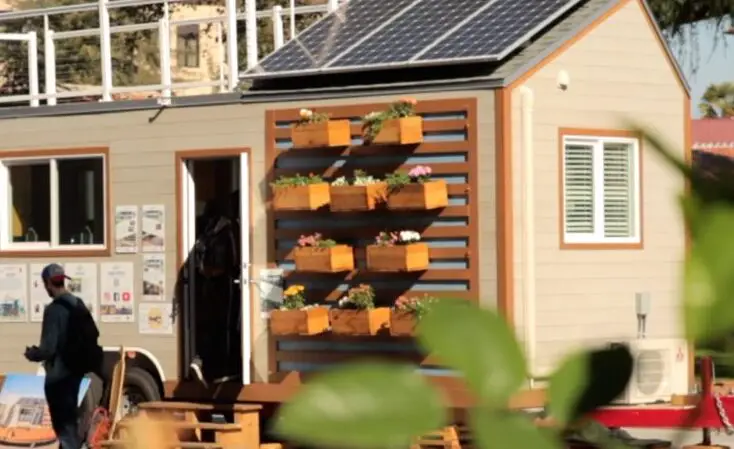
Vertical gardens are a game-changer for tiny homeowners who want to incorporate greenery without sacrificing valuable square footage. These space-saving gardening systems allow residents to grow herbs, vegetables, and flowers on walls or compact frames, bringing the benefits of nature indoors. Many vertical gardens feature self-watering systems and integrated grow lights, making them low-maintenance and efficient. They not only add aesthetic value but also promote sustainable living by providing fresh, homegrown produce.
In addition, vertical gardens improve air quality and create a calming atmosphere within tiny homes. Designs range from freestanding modular units to wall-mounted setups that double as decorative elements. For outdoor spaces, vertical gardens can transform small patios or balconies into lush retreats. According to Better Homes & Gardens, vertical gardening is an ideal solution for urban dwellers and small-space enthusiasts alike. These systems allow tiny homeowners to embrace nature, even in the smallest of spaces.
6. Multi-Use Loft Spaces
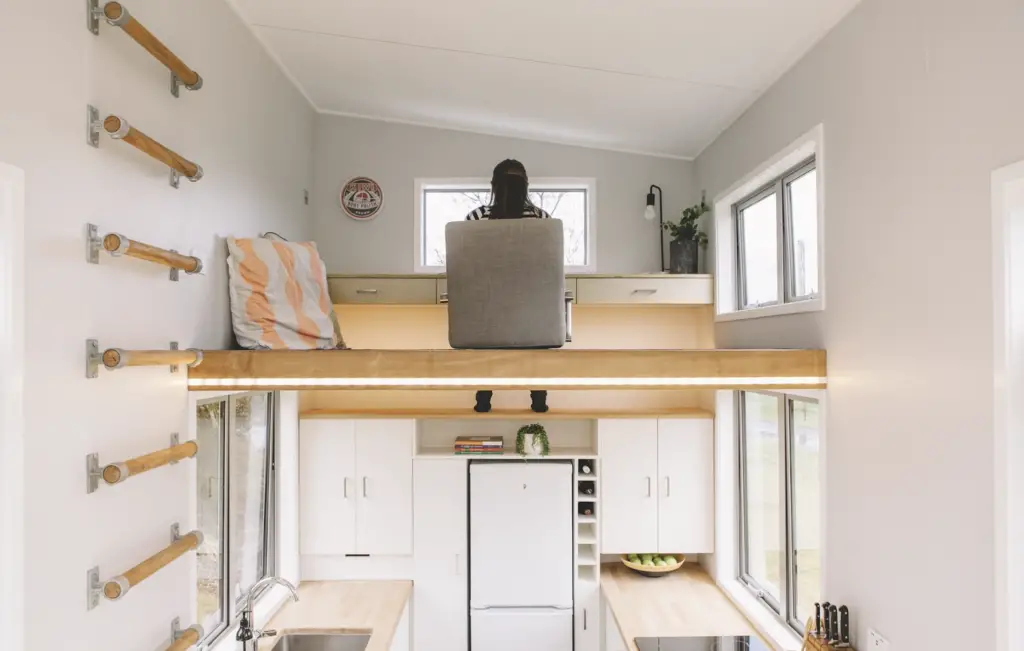
Lofts in tiny homes are no longer limited to sleeping areas—they’re evolving into multifunctional spaces that maximize vertical square footage. Many designs now incorporate home offices, workout areas, or additional storage into elevated platforms, making every inch count. For example, a loft could feature built-in desks and shelving for remote work or transform into a cozy reading nook with clever lighting and seating.
Modular loft designs allow homeowners to adapt the space to their changing needs, whether it’s adding a guest bed or creating a meditation area. Staircases or ladders leading to lofts often include storage compartments, further optimizing space. Additionally, creative use of materials like glass panels or open railings ensures the loft feels connected to the main living area while maintaining privacy. For inspiration on innovative loft designs, check out Dwell. Multi-use lofts demonstrate the limitless potential of tiny home design, turning small spaces into versatile, functional areas.
7. Tankless Water Heaters
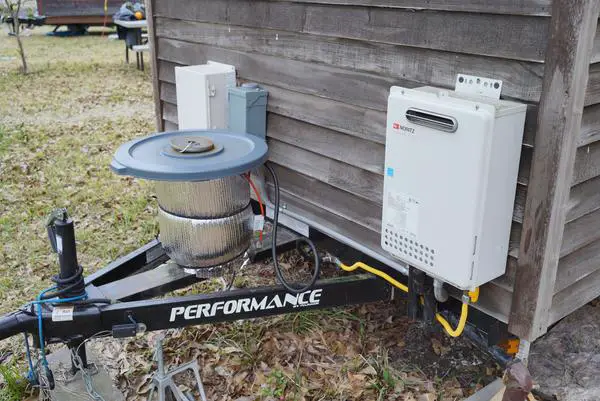
Tankless water heaters are becoming a standard feature in tiny homes, offering both space and energy efficiency. Unlike traditional water heaters that require bulky tanks, tankless systems heat water on demand, providing a continuous supply without taking up valuable storage space. These compact units can be mounted on walls or tucked into small corners, making them ideal for tiny living. In addition to saving space, tankless water heaters are highly energy-efficient, as they only operate when hot water is needed, reducing overall utility costs.
Many models also come with advanced temperature controls, ensuring a consistent water temperature while minimizing waste. Homeowners appreciate the reliability and longevity of these systems, as they often last longer than conventional heaters. For eco-conscious residents, certain tankless heaters are compatible with solar water heating systems, further reducing their carbon footprint. To explore the benefits of tankless water heaters, check out Energy.gov. These innovative systems are a smart, practical upgrade for any tiny home looking to maximize efficiency.
8. Sliding Walls and Pocket Doors
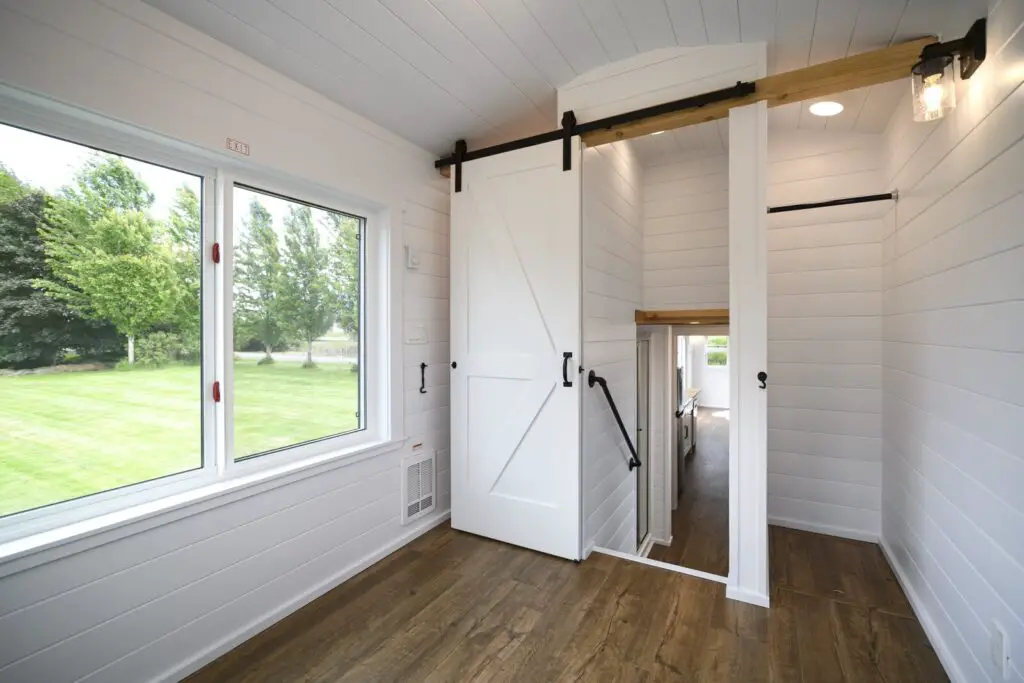
Sliding walls and pocket doors are redefining how space is utilized in tiny homes by providing flexibility and functionality. These innovative features allow residents to reconfigure their layouts based on their needs, such as creating a private sleeping area or opening up space for entertaining. Unlike traditional doors that swing open, sliding and pocket doors take up minimal space, making them ideal for compact environments.
Materials like frosted glass, wood, and lightweight metal add a modern touch while ensuring durability. Homeowners are also incorporating sliding walls to separate multifunctional spaces, such as dividing a home office from the living room. These systems are easy to operate and can include soundproofing options for added privacy. Some advanced designs even integrate with smart home technology, allowing walls and doors to move at the touch of a button. This trend is transforming small living spaces into adaptable and efficient environments.
9. Integrated Rainwater Harvesting Systems
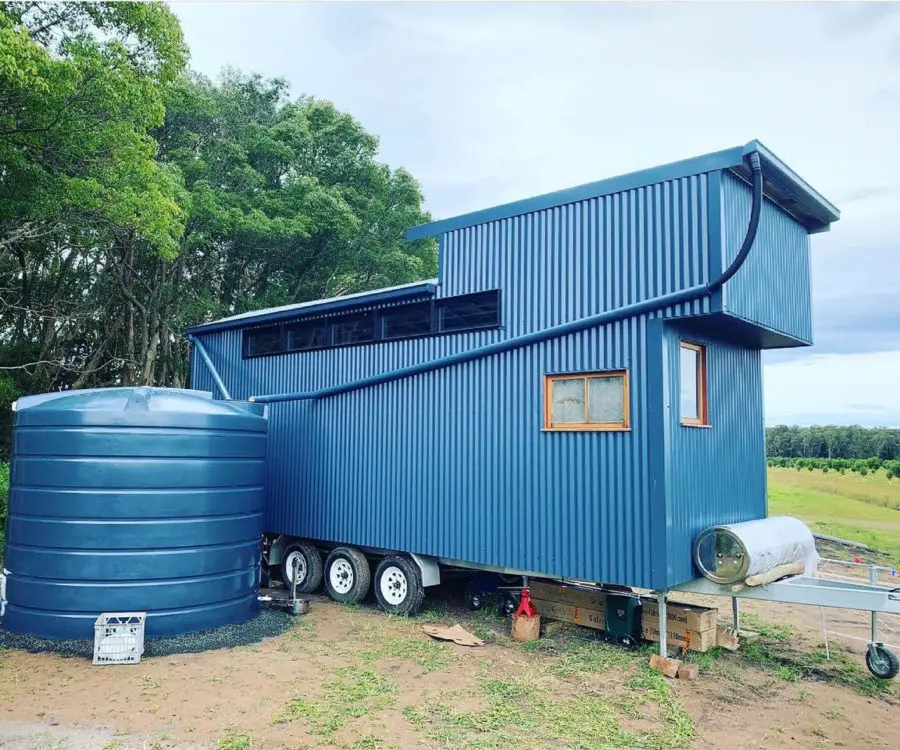
Rainwater harvesting systems are becoming a staple in tiny homes, enabling eco-conscious homeowners to conserve water and reduce utility costs. These integrated systems capture and filter rainwater for various uses, such as gardening, cleaning, or even drinking water. Designed to fit seamlessly into a tiny home’s layout, rainwater collection tanks can be hidden under the home, within walls, or incorporated into outdoor landscaping. Filtration systems ensure the water is safe and clean, making it suitable for daily needs. In addition to their practicality, these systems support sustainable living by reducing reliance on municipal water supplies.
Homeowners also appreciate the financial savings over time, especially in regions where water usage rates are high. Paired with other green technologies like solar panels, rainwater harvesting systems help tiny homes achieve greater self-sufficiency. For an in-depth guide on implementing a rainwater harvesting system, visit RainHarvest Systems. These setups demonstrate how tiny homes can embrace sustainable practices while maintaining functionality.
10. Expandable Modules
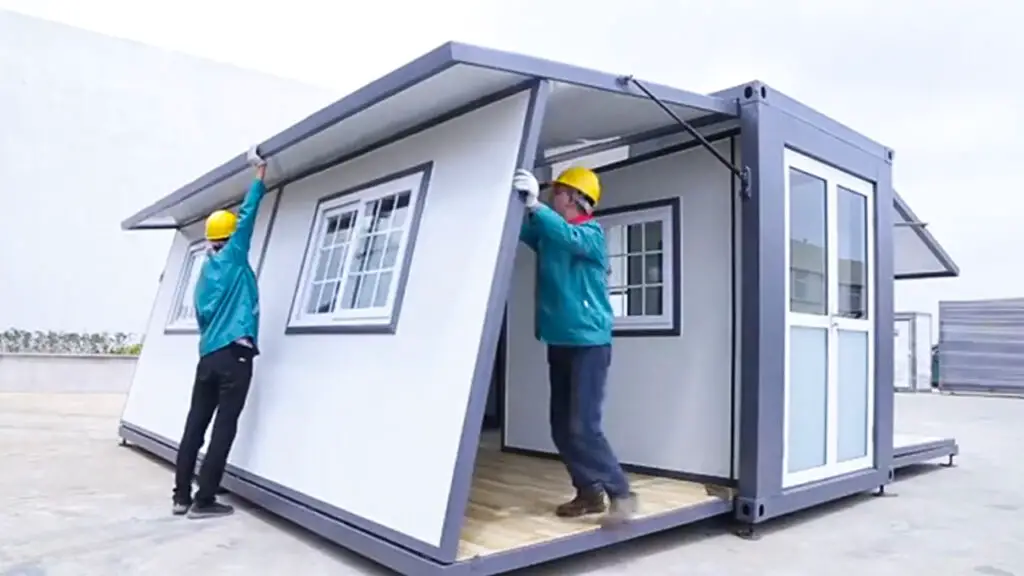
Expandable modules are revolutionizing tiny home design by offering the flexibility to grow or adapt living spaces as needed. These homes feature sections that can pop out, slide, or fold, allowing homeowners to increase their usable space temporarily or permanently. For example, a compact living room can expand into a larger entertainment area, or a hidden bedroom module can extend to accommodate guests. This versatility makes expandable modules perfect for those who want the benefits of a small home without feeling constrained.
These designs are particularly appealing for homeowners who work remotely, as they can create separate office spaces without sacrificing their primary living areas. High-quality materials and innovative engineering ensure that these modules are durable and easy to operate. Additionally, expandable designs are often more cost-effective than building a larger home while still offering the flexibility of extra space when needed. For examples of cutting-edge expandable homes, New Atlas has lots of design inspiration. Expandable modules are reshaping the possibilities for compact, adaptable living.
11. Underfloor Storage
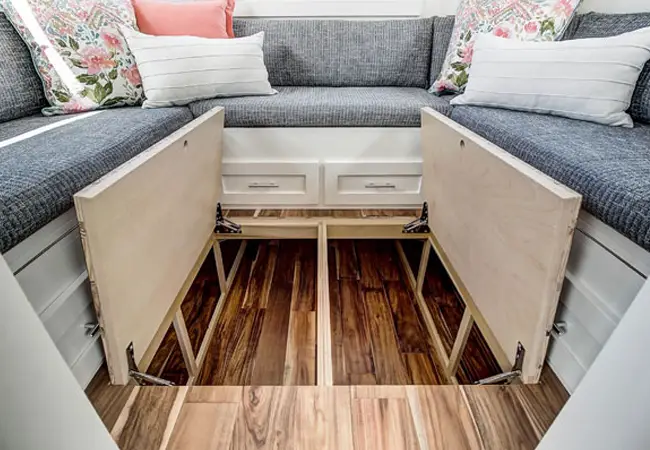
Underfloor storage is one of the cleverest solutions for maximizing space in tiny homes, allowing homeowners to utilize every square inch efficiently. Hidden compartments beneath the floor can be used to store seasonal items, tools, extra bedding, or even shoes, keeping the main living area clutter-free. These storage spaces are designed to be easily accessible, with lift-up panels or sliding mechanisms for convenience. Some designs also feature modular sections, enabling homeowners to customize storage based on their specific needs.
Underfloor storage is especially useful in loft-free tiny homes where traditional storage options are limited. Many homeowners are pairing this feature with raised platforms for added functionality, such as dining or sleeping areas that double as storage zones. Materials like reinforced plywood and durable linings ensure the compartments can handle heavy use. For more innovative underfloor storage ideas, Tiny House Blog has loads. This hidden storage solution is a game-changer for tiny homes, blending practicality with minimalist design.
12. Energy-Efficient Windows

Energy-efficient windows are becoming a must-have in tiny homes, offering both functional and aesthetic benefits. These windows are designed to reduce heating and cooling costs by providing superior insulation and minimizing energy loss. Triple-glazed options with UV protection are particularly popular, as they keep homes comfortable year-round while protecting interiors from sun damage. Large, strategically placed windows also maximize natural light, creating a bright and airy atmosphere in compact spaces. Many homeowners are choosing floor-to-ceiling windows or panoramic styles to enhance their connection to the outdoors.
Advanced options include windows with integrated blinds or smart tinting technology, which can be adjusted to manage privacy and light levels. Energy-efficient windows not only contribute to sustainability but also increase the overall comfort and appeal of tiny homes. For more information on choosing the right windows, take a peek at Energy Star. These innovative designs ensure tiny homes are brighter, cozier, and more environmentally friendly.
